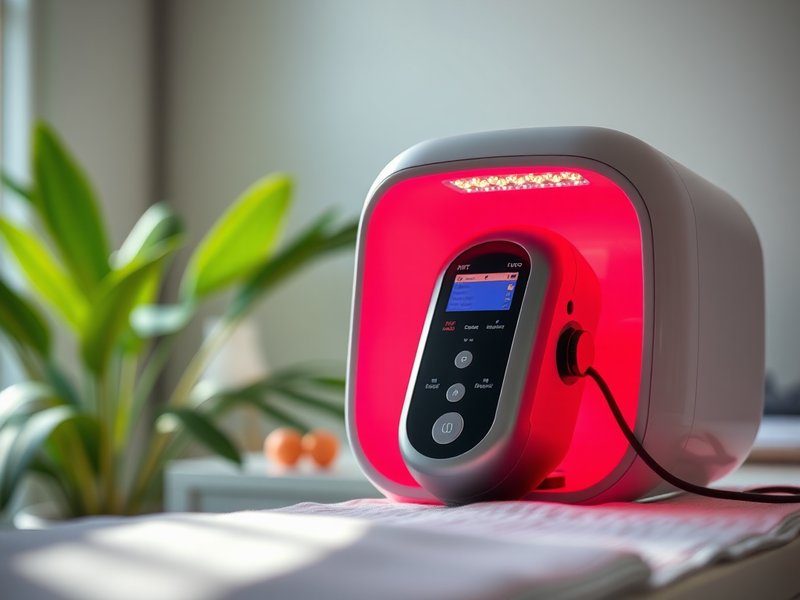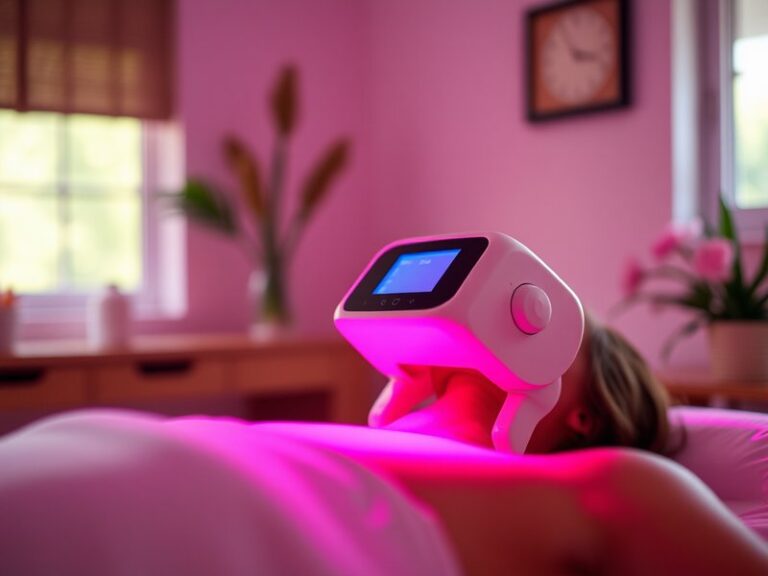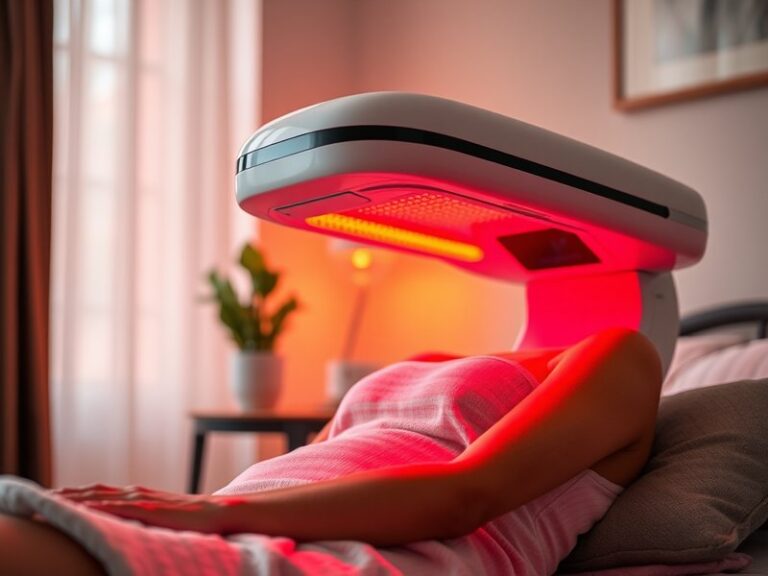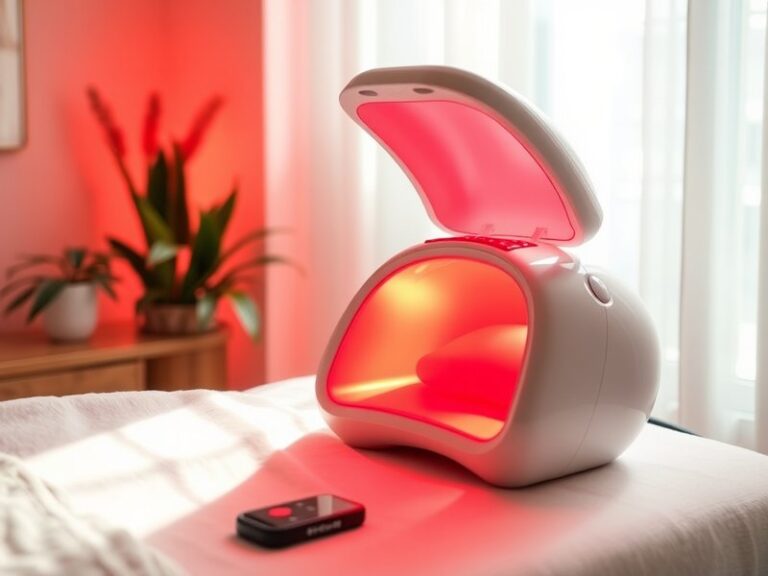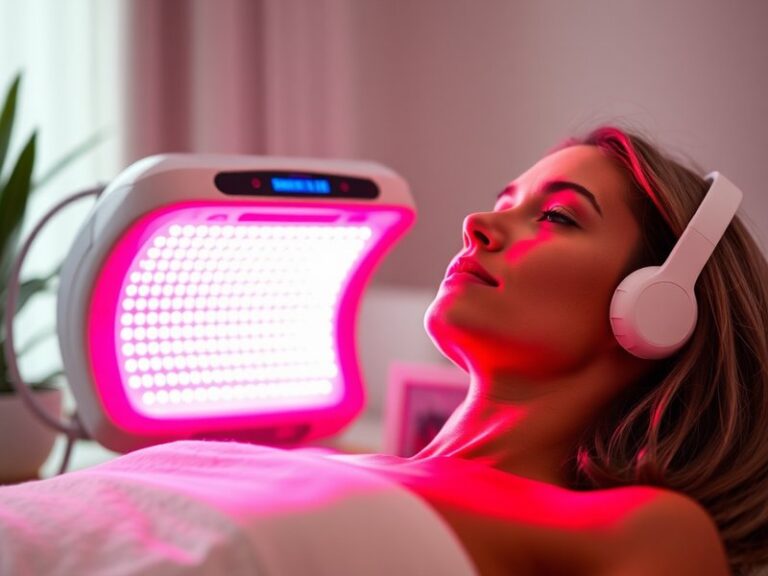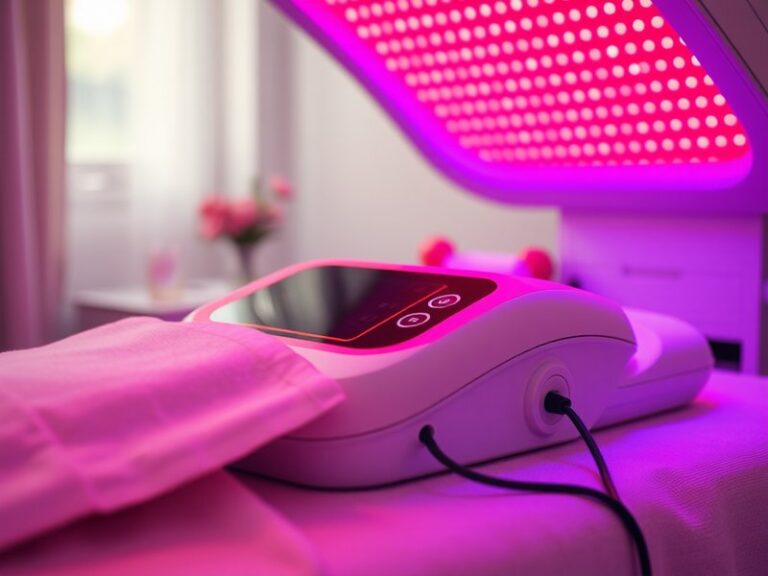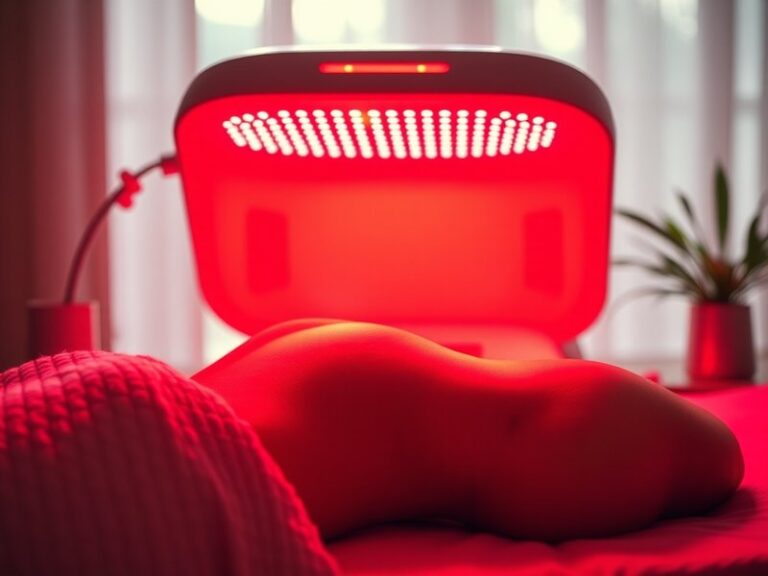What Medications Interact With Red Light Therapy?
What Medications Interact With Red Light Therapy?
Is your current medication regimen compatible with red light therapy?
This article delves into the interaction of various common medications with red light therapy, supplementing your understanding of how the treatment may influence your health journey. We will cover what red light therapy is, its benefits, and highlight specific medications that may present potential interactions. Additionally, we will discuss considerations, alternatives, and frequently asked questions surrounding this topic.
Key Takeaways
- Red light therapy can enhance healing and reduce inflammation but may interact with certain medications.
- Medications that affect light sensitivity or photosensitivity warrant careful consideration when combined with red light therapy.
- Always consult with a healthcare provider before starting red light therapy, especially if you are on medication.
What is Red Light Therapy?
Red light therapy (RLT) is a treatment that utilizes specific wavelengths of light, typically between 600 to 1000 nanometers, to promote various health benefits. It is widely recognized for its potential to accelerate skin healing, reduce inflammation, and alleviate pain by stimulating mitochondrial function within cells, leading to increased ATP production.
RLT has gained popularity in both clinical and home settings. Treatment devices range from professional-grade equipment in aesthetics clinics to handheld lamps designed for home use. As this therapy becomes more mainstream, understanding its interactions with medications is crucial for safe use.
What are the Benefits of Red Light Therapy?
Red light therapy offers several compelling benefits that cater to both aesthetic and medical needs. Here are some significant advantages:
Pain Relief
Research suggests that red light therapy can significantly reduce pain in conditions such as arthritis, back pain, and even post-surgical recovery. By promoting circulation and reducing inflammation, patients often report decreased discomfort and improved mobility.
Get the lowdown on Can You Overdo Red Light Therapy?
Skin Health Improvement
Many users turn to RLT to address skin issues like acne, eczema, and signs of aging. Studies have shown improvements in collagen production and skin texture, leading to a clearer and more youthful complexion.
Enhanced Recovery
Athletes and individuals recovering from injury can benefit from RLT’s ability to enhance cellular repair and reduce recovery time. This therapy is known to facilitate healing by stimulating blood flow and cellular metabolism.
Mood Elevation
Some studies suggest that red light therapy may have positive effects on mood and mental health, potentially aiding in the treatment of conditions such as seasonal affective disorder (SAD) through enhanced serotonin levels.
Is it Possible to Combine Medications with Red Light Therapy?
Combining medications with red light therapy can be feasible, but certain medications may interact with this treatment modality. It’s essential to understand the implications for your specific situation.
What are the Advantages of Combining Medications with Red Light Therapy?
- Improved healing and recovery when medications support the body’s response to RLT.
- Potentially reduced reliance on pain medications due to RLT’s natural pain-relieving effects.
- Enhanced effects of topical medications applied to the skin post-RLT, improving absorption and efficacy.
What are the Disadvantages of Combining Medications with Red Light Therapy?
- Some medications can heighten photosensitivity, increasing the risk of skin reactions during RLT.
- Modifications in medication dosage may be necessary when introducing RLT, requiring healthcare supervision.
- Lack of sufficient clinical studies documenting RLT’s effects when combined with specific pharmaceuticals.
What are the Things to Consider Before Combining Medications with Red Light Therapy?
When considering red light therapy alongside medications, be mindful of the following:
Medication Photosensitivity
Certain medications, such as antibiotics (like tetracycline) and some antihistamines, can increase skin sensitivity to light. Always discuss these medications with your doctor before undergoing RLT.
Time Interval Between Treatment and Medication
Consult about the optimal timing for therapy. For instance, taking photosensitizing medications shortly before RLT could increase the likelihood of adverse effects.
Underlying Health Conditions
Discuss your medical history. Conditions like lupus, which can be exacerbated by light therapy, should be considered when assessing the suitability of combining RLT and medications.
What are the Alternatives to Red Light Therapy?
If red light therapy is not an option due to medication interactions, consider these alternatives:
Cold Laser Therapy
Also known as low-level laser therapy, this approach uses laser light to promote healing without the same risks of photosensitivity.
Ultrasound Treatment
This method uses sound waves to promote tissue healing and pain relief, providing an alternative approach without light exposure.
Physical Therapy
Medication management combined with targeted exercises can help address pain and rehabilitation in conditions where RLT may not be appropriate.
Conclusion: Is it Recommended to Combine Medications with Red Light Therapy?
While red light therapy presents numerous benefits, it can interact with certain medications, particularly those that increase light sensitivity. Consulting with a healthcare professional before starting RLT is crucial for ensuring safety and effectiveness in your treatment plan. Knowledge of your medications and their potential interactions with RLT will empower you to make informed health decisions.
Frequently Asked Questions
What medications are known to interact with red light therapy?
Medications that may lead to photosensitivity, including certain antibiotics, non-steroidal anti-inflammatory drugs (NSAIDs), and some antidepressants, can negatively impact how red light therapy affects your skin. Consult your provider for clarification.
See the complete post Duration of Red Light Therapy at Planet Fitness?
Can I use topical medications before RLT?
Yes, but consult a healthcare provider regarding the timing and the type of topical medication being used. Some products may enhance the effects of red light therapy.
Is there any research on RLT and medications?
While some studies suggest positive effects of RLT, more research is needed to establish comprehensive guidelines on its interactions with medications.
How do I determine if RLT is safe for me?
The safest approach is to have an open discussion with your healthcare provider about your current medications, health conditions, and overall goals for using red light therapy.
